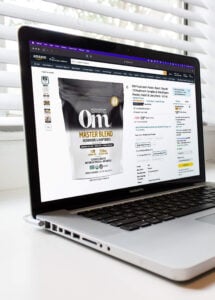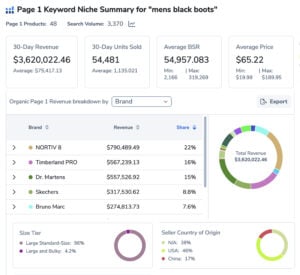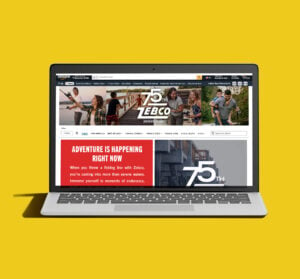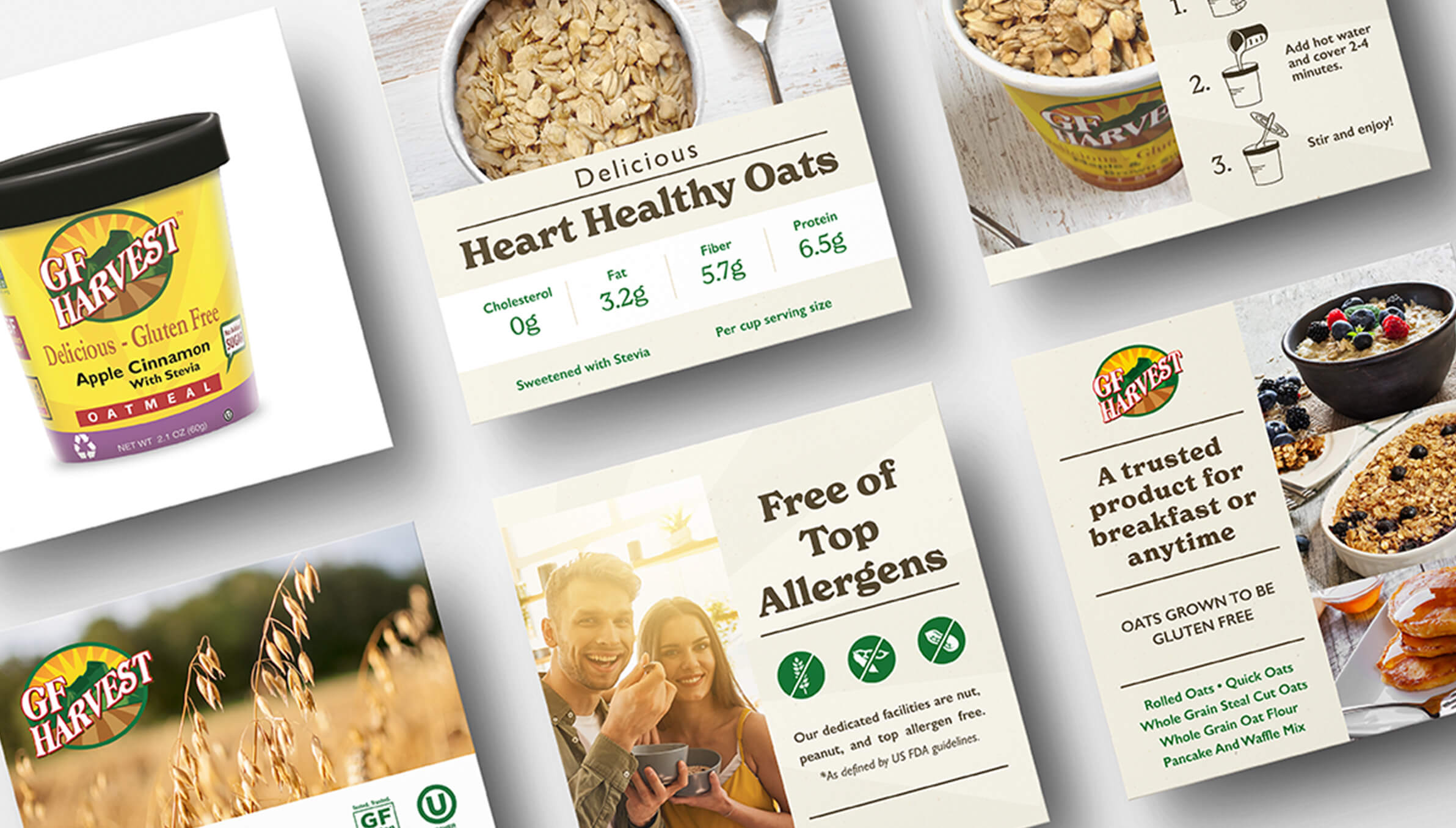Launching a new product on Amazon is easy, right?
And, if you successfully set up a new product listing and brand storefront, it will be easy for customers to discover, right?
And if shoppers discover your new product, they will convert into buyers, right?
We hate to be the bearer of bad news, but a successful product launch, especially on Amazon, is not as easy as it may seem. The good news, however, is that it is possible to successfully set up a new Amazon product, reach potential buyers, and convert them, if done right. At Brandwoven, we have added thousands of new products to Amazon over the last 8+ years and will share the key steps to follow for a successful new Amazon product launch.
Step 1: Build a Project Timeline
The first step in setting up a new Amazon product is to build out a project timeline. When working with a brand, the moment we hear “new product”, we ask “when”. We start with a conversation around the goals for having the product live on Amazon then move to creating a product launch checklist. Here are questions to consider when building a new product launch timeline:
- When will the product be available to ship from the warehouse or 3PL?
- How much time does the warehouse or 3PL need to prepare and ship to Amazon?
- What product category will the product be sold in?
Different categories often have varying receiving times at Amazon (e.g. hazmat or dangerous goods products). To be conservative, we recommend allowing 3-4 weeks in the timeline for Amazon to receive the first product shipment.
Step 2: Gather Product Information
Next, build out a tracker of which information will need to be collected in order to hit the deadline. For a successful new product set up, we request the following information in our new item template:
- Product data, including the essential information (SKU, UPC, title, etc.)
- Any attributes specific to the product category (expiration dates, shelf life, if a battery is required, etc.)
- Case pack dimensions
- Will the new product be stand-alone or added to a current variation?
- What product features does the brand wants to capture and highlight in the listing bullet points?
Step 3: Determine Inventory
The most important factor in any new product launch is staying in stock. Nothing kills sales momentum more than running out of inventory.
Amazon penalizes a brand’s organic placement when they build demand for a product and offer it to customers but don’t have available inventory. We often advise brands not to launch a product if they are worried about future supply issues.
Here are factors to consider when planning inventory for a new Amazon product:
- Sales on other platforms, including the brand’s ecommerce website
- Competitor sales (if applicable)
- Will a promotion be running at launch?
- Allocation of advertising dollars specific to campaigns, including the new product
- If launching the new product on Vendor Central, how much inventory should be submitted into Born to Run (Vendor-initiated PO)?
Step 4: Amazon Product Detail Page Content
The next step is to conduct SEO and digital merchandising research. As an agency partner, we pull SEO data using 3rd party tools to determine what customers are searching for. We find and analyze similar products within the same category to learn about the phrases and questions that consumers ask before they convert.
We also audit competitor listings’ copy, images, A+ Content, and brand store to see how they are positioning their product features to engage with customers. We use this research to assist in the creation of enhanced brand content and other digital merchandising assets for the new product.
 This step also includes ensuring that we follow Amazon’s most recent content requirements. Our team of creative designers collaborate with our brand partners to design, develop, and produce best-in-class product assets, including:
This step also includes ensuring that we follow Amazon’s most recent content requirements. Our team of creative designers collaborate with our brand partners to design, develop, and produce best-in-class product assets, including:
- Listing images that highlight product features and display engaging lifestyle photos.
- Brand Story that captures the history and/or story of the brand and who created the product. This is key for not only educating shoppers on the brand but building loyal, repeat buyers.
- A+ Content that is visually appealing and provides more information to customers. You can also use this section of the Amazon product detail page to showcase other products that are available for purchase using comparison charts (great for cross-marketing opportunities).
- A unique brand storefront that is easy to navigate and includes lots of brand colors, lifestyle images, and other points of differentiation.
Step 5: Develop an Advertising Strategy
Next, we must ensure that the new product is visible to customers at the top of the search results page when looking up specific terms. Amazon now reserves the top 4 product placements for sponsored ads, and since a new product won’t have any organic rank or reviews, it must be included in advertising campaigns in order for customers to see it.
 Here are the key things to consider when building out an ad strategy and budget for a new product launch:
Here are the key things to consider when building out an ad strategy and budget for a new product launch:
- More than 60% of all product searches are done on Amazon. The competitive landscape continues to grow in most categories, making top-of-search placement critical for new customer acquisition.
- More than 80% of new product sales are made up of ad sales.
- Expect a low ROI on advertising spend in the first 6 months as campaigns ramp up and organic search ranking improves.
- Recommended ad spend for a quick ramp on new product is 30% of forecasted sales.
- Designing a full-funnel ad strategy is critical to driving traffic and visibility to the new Amazon product detail page.
Step 6: Generate Reviews
After developing a plan to drive traffic to the new Amazon product detail page, we need to make sure that customers who click on the sponsored ad actually convert. One of the key factors to customers’ decision making in purchasing on Amazon is reviews. Conversion significantly drops when a product has less than 15 reviews and an average 4-star rating.
To generate reviews on a new product, we recommend brands enroll in the Vine Program. By participating, brands get to send in 30 units of a product that is then eligible for a Vine review.
At Brandwoven, we also use a 3rd party platform to write emails with product information to request a review that is sent to each customer after purchase.
Step 7: Promotional Plan
Finally, because Amazon customers have so many product options to choose from, we work with brands to build a promotional plan for the launch. Customers are more likely to try a new product if there is a financial incentive. We collaborate with brands to answer the following questions before implementing a promotional launch plan:
- What are the product prices of competitors in the category that we would need to beat in order to acquire a new customer?
- What is the promotional budget the brand is willing to spend?
- How long should the promotions run? We typically recommend at least 30 days.
- What type of deals should we run? For new Amazon product launches, we recommend running a coupon because there is a designated landing page for coupons that customers can search. The coupon amount will also show up on Sponsored Display and DSP ads.
- How much of a discount should be offered? Amazon requires a minimum of 15% if a percentage discount or the equal value in dollars off.
New Amazon Product Launch Results in 171% Year-Over-Year Revenue Increase for Suncare Brand
Sales Boost on Year 1
Sales Boost on Year 2

Successfully Launch Your New Amazon Product
There are many steps and decisions that need to be made when launching a new product on Amazon. Establishing a solid foundation and strategy before the actual launch is key to success.
The days of “if you build it, they will come” do not exist anymore on Amazon’s competitive marketplace. At Brandwoven, we execute on all of the steps outlined above to do the heavy lifting on behalf of our brand partners. If you have a new product(s) that you want to position for success on Amazon, do not hesitate to reach out to us for assistance.

